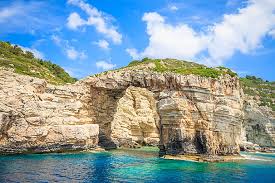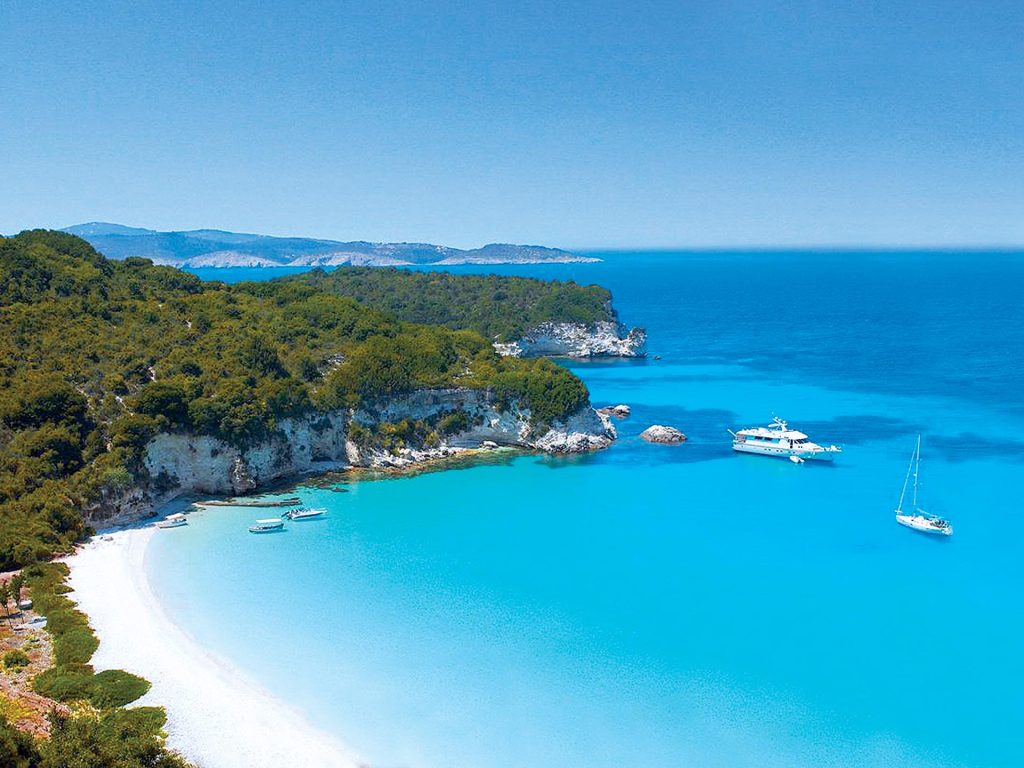The history of Paxos:

Paxos | Anti Paxos the Island of Poseidon
Two mysterious but breathtakingly beautiful islands. According to mythology, the islands of Paxos were formed when the god of the sea, Poseidon, pierced the island of Corfu with his trident, breaking off the southern tip. He did this to create a secluded place for him and his love Amphitrite. That fragment of an island was Paxos, and the inspiration for this myth is clear to this day; Paxos is simply breathtakingly beautiful!



Thus, Paxos and Antipaxos were created as separate islands where Poseidon could retreat with his mistress, Amphitrite.
“Paxos” originated from the Phoenician word “Pax,” meaning “trapezoidal.”
In ancient times, Paxos played a significant role, especially during the First Illyrian War in 229 BC when the Battle of Paxos was fought between the ancient Greek and Illyrian fleets. The account of this battle is documented in The Histories, a work by the ancient historian Polybius.
Paxos has been ruled by various conquerors, including the Romans in the 2nd century BC, pirates during the Byzantine era and Middle Ages, and by Crusaders. Eventually, the Venetians gained control of the island at the end of the 14th century.
During the Napoleonic Wars, the Ionian Islands were occupied by the French and the Russo-Turkish alliance. However, Paxos surrendered to the Royal Navy frigate HMS Apollo and 160 troops from the 2nd Greek Light Infantry from Cephalonia and the 35th Regiment of the Royal Corsican Rangers on February 13, 1814. The United Kingdom established the Ionian Union in 1815, and in 1864, Paxos, along with the rest of the Heptanese, was ceded to Greece.
A day to relax and enjoy on the Islands of Poseidon, in a wonderfull environment and on The Ionian Sea!







